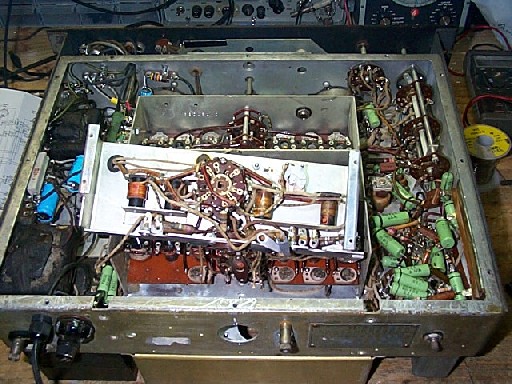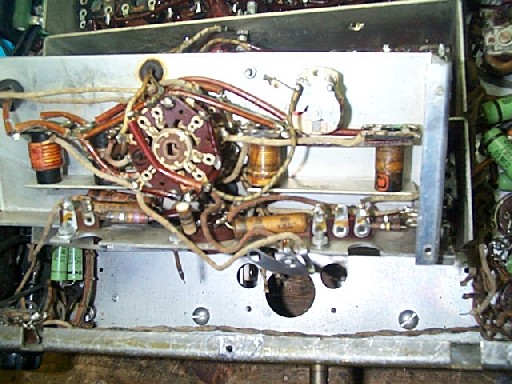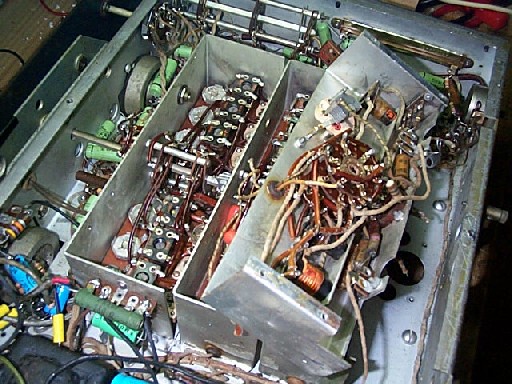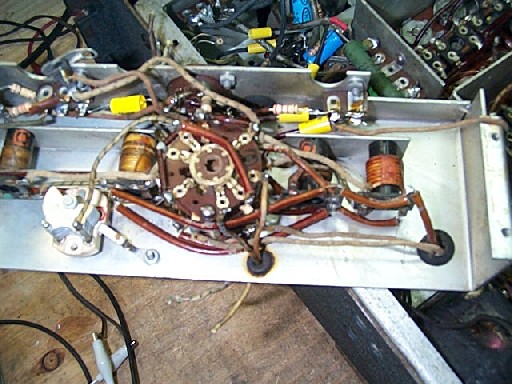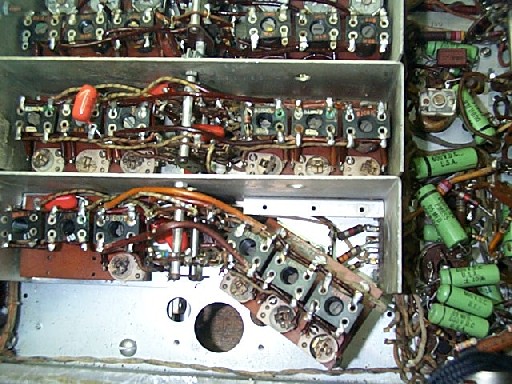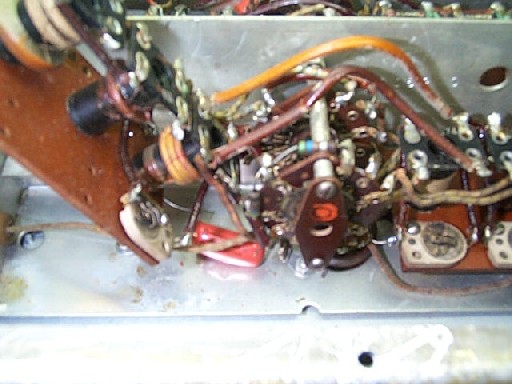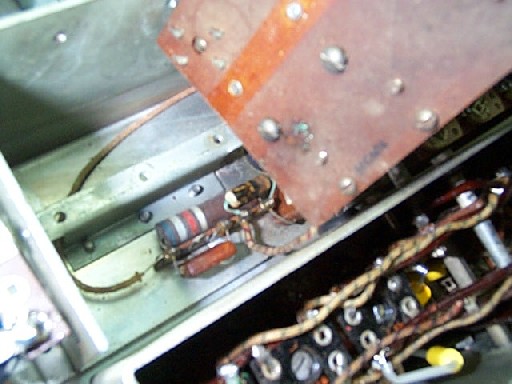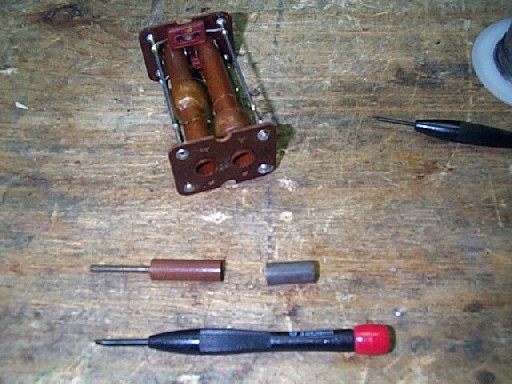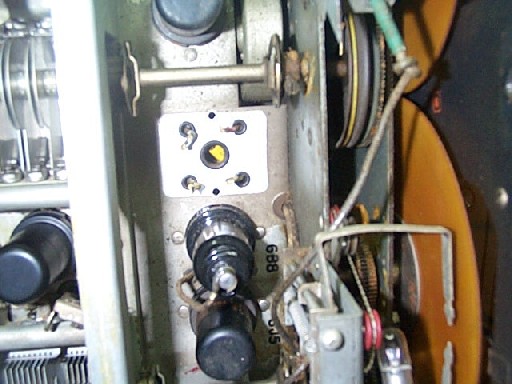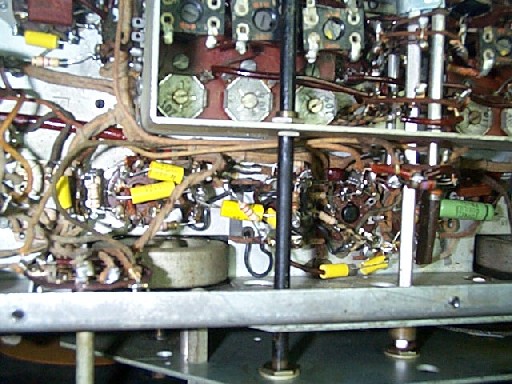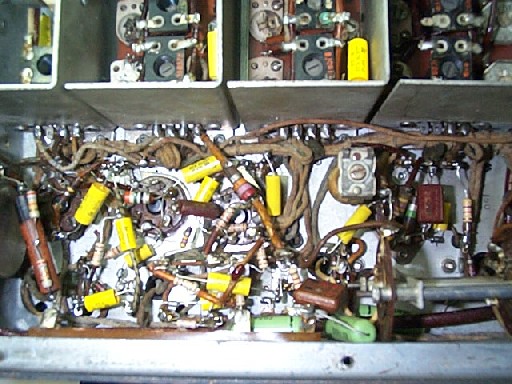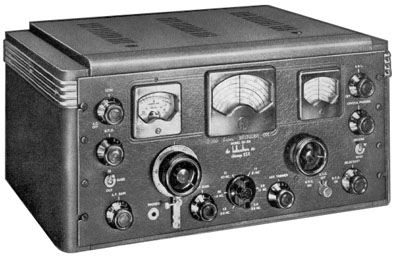
Some years ago I came across a SX-28A, and with the intention of restoring it brought it home. To my surprise it sort of worked so it took a number in the
restoration projects pile.
I finally decided to do some work on it and started with the Audio section as the audio was very poor. I found that some modifications had been done to the preamp,
with (A Miniature tube installed) and some additional components were missing.
The output transformer was not original one for the set and the power supply had been modified with non original rectifier. Also the choke was MIA...!.
I managed to get hold of the right parts and reverted the modifications including a rebuild of the push pull output stage.
The radio sounded much better and at this time I left it at that stage so I could use and enjoy the radio.
Now some three years later while listening to HAM chatter on 80M I finally could not stand the degrading performance and the absence of the top band so out it
came and down to the lab for some repairs. Well I started with the RF deck and bellow you will find some Pictures of the RF deck restoration.
Included are some interesting problems I found along the way.
AF Section after renewal.

The latest work
Well since I had already been in the output stage I started at the front end.
After finding a good diagram the surgery began.
I Started by disassembling the first RF stage.
Bellow is the process with some pictures of the stage dismantled and being restored.
